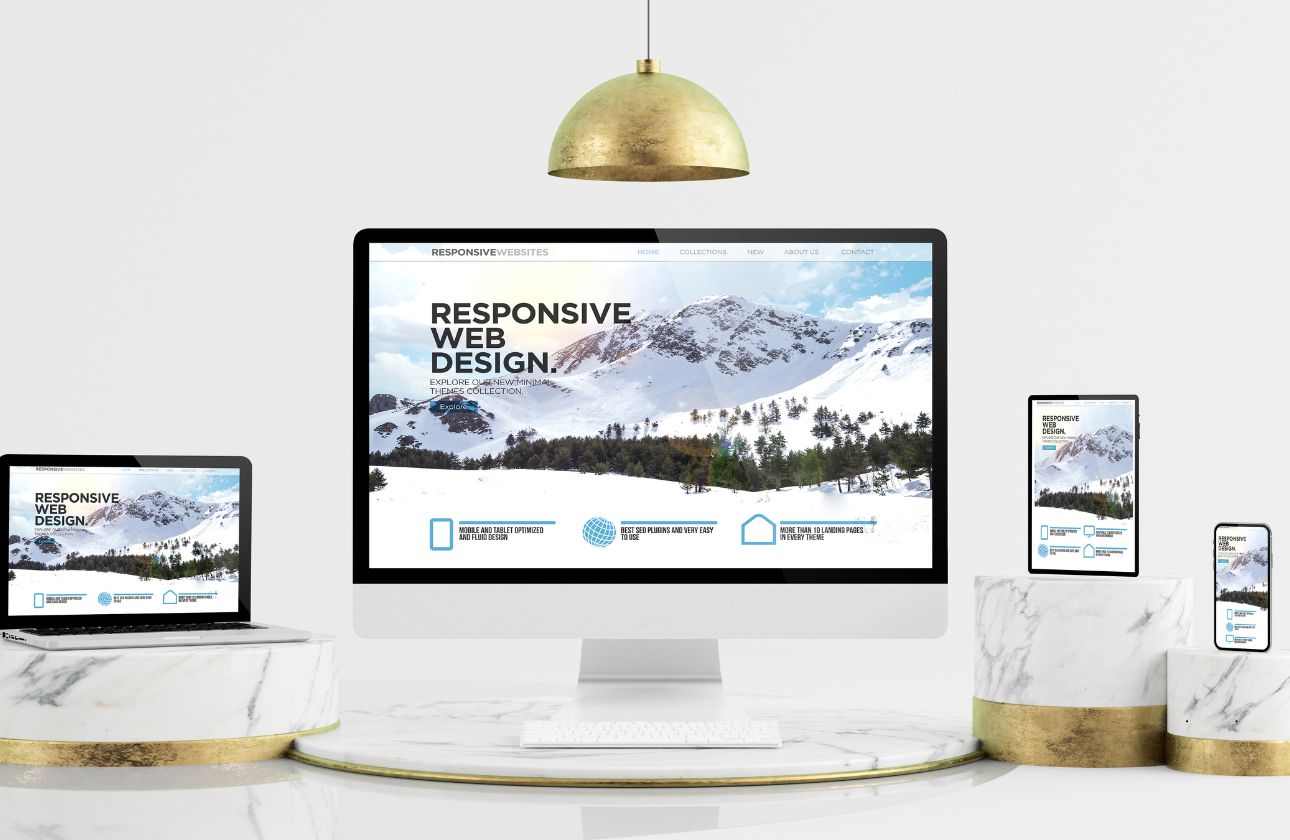Introduction
In the digital age, having a responsive website is crucial for ensuring that users have a seamless experience, regardless of the device they are using. A responsive website adapts to different screen sizes, providing optimal viewing and interaction opportunities. This guide will walk you through the essential steps and considerations in building a responsive website that not only meets but exceeds user expectations.
Understanding Responsive Web Design
Responsive web design (RWD) is an approach to web development that allows websites to adjust their layout and content based on the screen size and orientation of the device being used to view them. This method aims to make web pages look good on all devices, from desktops to smartphones.
The Importance of Responsive Design
1. **Improved User Experience**: A responsive website ensures that users navigate easily, find what they're looking for, and have an enjoyable experience, regardless of the device.
2. **SEO Benefits**: Search engines like Google prioritize mobile-friendly websites in their rankings, meaning a responsive design can boost your site's visibility in search results.
3. **Cost-Effective**: Maintaining a single responsive site is more cost-effective than having separate sites for mobile and desktop users.
Steps to Build a Responsive Website
1. Use Fluid Grids
Utilize percentage-based widths for elements, allowing them to resize proportionally based on the screen size, ensuring a fluid layout.
2. Flexible Images
Make images flexible by using CSS to define max-width so that images scale within their containing element. This keeps images from exceeding the screen space.
3. Media Queries
Implement CSS media queries to apply different styles based on the device. This provides tailored layouts and enhances usability on various screen sizes.
4. Testing Across Devices
Regular testing on different devices and screen sizes is essential. Use browser developer tools and online testing platforms to ensure your site functions well across all devices.
Best Practices for Responsive Web Design
- Prioritize mobile-first design to enhance initial user engagement.
- Optimize loading speed by compressing images and minimizing code.
- Ensure that navigation is user-friendly and easily accessible.
Building a responsive website is not just about aesthetics; it's about creating a user-centric platform that provides an optimal experience across all devices. By following the steps outlined in this guide, you can develop a responsive website that not only meets the current web standards but also adapts as technologies evolve.




Comments (0)